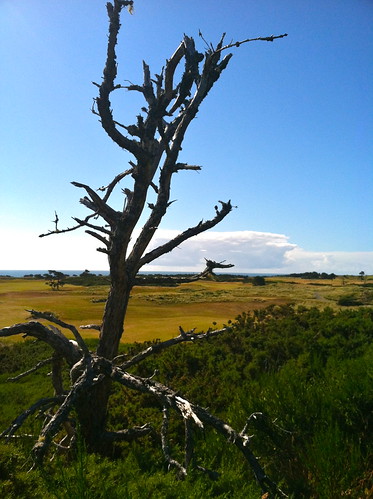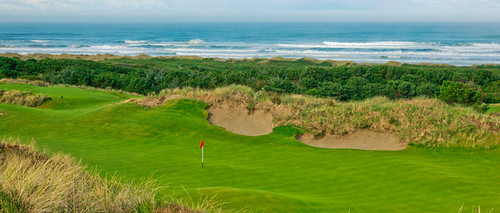Hello all! What an incredible opportunity it is to be a part of the marine science community here at Hatfield Marine Science Center (HSMC) in Newport Oregon. My name is Patrick Cousineau, I was born and raised in Southern California and grew up surfing, sailing, and swimming off the coast of Los Angeles. All my life I have been drawn to the peaceful tranquility of natural places. The ocean has molded and shaped my personality, educational and career interest, and has served as a place for personal thought and reflection. The ocean, however, places immense barriers to human exploration, but the intrinsic curiosity in humans to explore new places will always overcome difficulties. Oceanographers, marine biologists, atmospheric scientists, geologists, and other scientific research teams are making new discoveries about our oceans every day. It is an amazing experience for me to be studying and working alongside prominent marine researchers and helping to better understand the natural processes of our oceans.
I am working with the Oregon Department of Fish and Wildlife, where I am helping conduct research in Oregon’s network of Marine Reserves. A few days ago I went on what was intended to be a multi day, overnight benthic survey. Unfortunately the turbidity in the water column and low visibility conditions cut our research efforts short and we were only able to stay out at sea for one day. On the vessel, I helped deploy and retrieve an underwater camera system that takes footage of the benthic community, allowing us to identify fish species, assess population density, and estimate fish size. This camera system, called a sled, is towed behind the vessel where it slides along the ocean floor on two skis. The footage is saved onto a standard SD card where it is later analyzed and compared with other study sites.
Outside of work, I have seamlessly bonded with my roommates and the many other interns. Already in the first week we have come to know each other so well and have bonded over trips to the aquarium, tide pools, and the beach. I am so excited for what is in store for the following nine weeks, but I know that my time here is short and that I must take full advantage of every opportunity to come.











